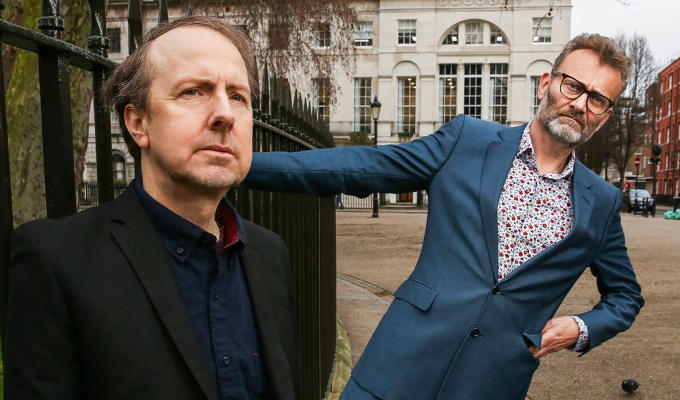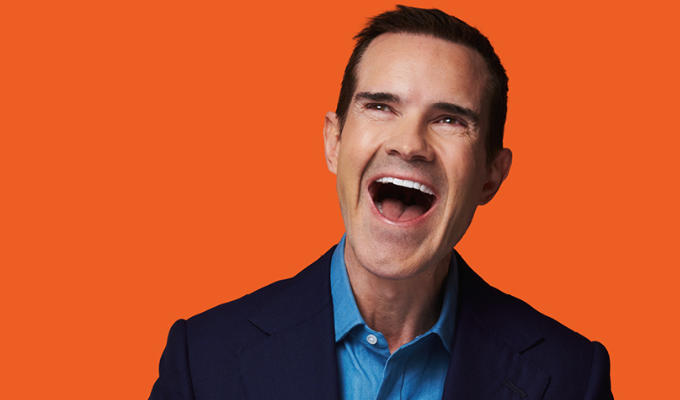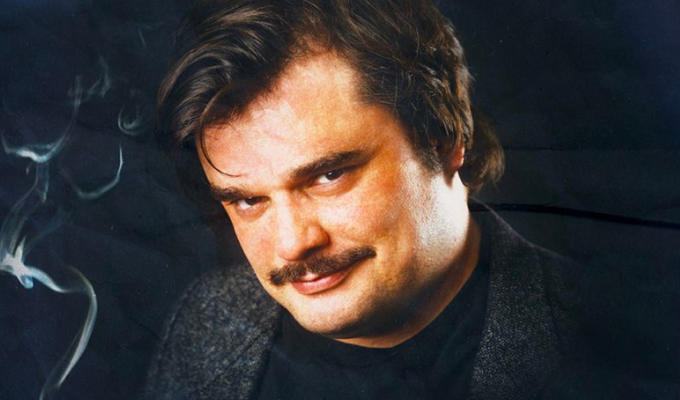A tale of two Fringes...
But the only predictable thing about Edinburgh is its unpredictability, writes John Fleming
A lot of people have been asking me about performing on the Fringe for the first time this year. This is despite the widely-quoted statistic that the average Fringe show audience comprises six people and the average Fringe-goer is only in the city for three days. I checked. The Fringe Office told me both were urban myths.
Fringe chief executive Kath Mainland, in fact, told me that 50 per cent of Fringe audiences come from Edinburgh (ie the EH postcodes). And that does not include the large numbers of Glaswegians who commut. If true, it would mean that over half the audience is coming from lowland Scotland and performers should perhaps tailor their shows more towards Scottish audiences if they want to get bums on seats.
Like all Fringe statistics, of course, even that one should be treated with a pinch of salt. The only way of knowing who goes to the Fringe is if punters buy tickets in advance and give their postcodes. The vast numbers who buy tickets with cash at the venue on the day don’t do that. And all Fringe statistics are mightily skewed by the fact no-one does nor can know how many punters attend the increasing number of free shows – let alone where they come from.
So, as always, performing at the Fringe is like juggling spaghetti in the dark and, when you get there, like standing in a cold shower tearing up £50 notes. This year, the uncertainties are even greater – not because of the recession but because of the rapidly changing nature of the Fringe – especially the crumbling of the box office for middle-ranking comedy shows. It happened last year and is likely to happen even more so this year.
There are two types of show at the Fringe.
There are the traditional shows where audiences pay for tickets. And the free shows put on by the original PBH Free Fringe and the separate Laughing Horse Free Festival.
On Saturday, the gloriously entertaining Peter Buckley Hill of the PBH Free Fringe (a notable former Malcolm Hardee Award nominee) said he has had an 85 per cent increase in applications for the PBH Free Fringe this year.
This is not surprising.
Paid-for show tickets are usually around £10 each – that means £20 if you are a couple and, if you see three shows in one day (which is not uncommon), that is going to set you back £60. For that amount of money and with limited time and vast numbers of shows on offer, you want to make sure you are not throwing your money away. So you pay to see ‘safe’ acts you have seen on TV or, at least, very long-established Biggish name acts with a known track record.
People used to go to the Fringe and ‘take a punt’ on a show which sounded like it might be good… though it might be shit. That was what the Fringe was about. The excitement of the unexpected and the chance of stumbling on future stars.
What is increasingly happening now is that audiences are prepared to pay for the TV names they know. And they are prepared to take a risk by visiting several free shows. But excellent, experienced comedy acts playing paid-for venues who have not had TV exposure are seeing their audiences fall year-on-year. I know of at least three top-notch comedians who are not going to the Fringe this year because the potential on the paid-for Fringe in major venues is increasingly risky – they will still make a profit but the profit-to-hassle ratio has changed – and they cannot be seen to play free shows because it would lower their professional reputation with reviewers and the media.
It can cost £7,500+ to stage a good comedy show in a major venue at the Fringe.
The Fringe is alive and well for Fringe-goers who want to take a free punt with a high risk of seeing shit… and for Fringe-goers who want to pay to see re-heated TV acts of known quality. But the Fringe is increasingly difficult to financially justify for excellent, experienced live comedians with no TV exposure.
Another factor this year will be the death of the Fringe in the new town.
Edinburgh is two cities – the ‘new town’ (Georgian) and the ‘old town’ (medieval).
With the move this year (for at least three years) of the major Assembly venue from George Street in the new town to George Square in the old town, all the Big Four venues will now be clustered around Bristo Square, George Square and the Cowgate.
People may decide to go to a specific show in the new town, but the four places where punters will come to vaguely sit down and only then decide which show to see will be the Pleasance Courtyard, the Udderbelly Pasture in Bristo Square, the Pleasance Dome in Bristo Square and the George Square gardens which will have, I understand, two new Assembly venues in them. So street flyerers will get more passing trade and bums-on-seats potential in or near Bristo Square/George Square/Cowgate (as well as in the traditional maelstrom of the High Street on the Royal Mile). If someone flyers in the new town near a venue, they will be flyering in isolation and not picking up other shows’ punters.
This August will be particularly interesting to see and particularly uncertain for performers, yet the lure of the Fringe is still almost irresistible. There is that 85 per cent increase in people applying to perform at PBH Free Fringe venues.
Uncertainty is almost an aphrodisiac for performers, but the financial repercussions are incalculable and go on and on.
What will happen next year when the end of the London Olympics overlaps with the beginning of the Edinburgh Fringe? Who knows?
For years, I have tried to find someone who can juggle cooked spaghetti for one minute and have always been unable to find anyone. But I have blind faith success may be possible. In that respect, I suppose I am much like Fringe performers going to Edinburgh.
The Fringe is an ongoing Chinese curse: May you live in interesting times.
(NOTE TO READERS IN THE USA: The British English phrase “bums-on-seats” means something more financially sustainable than it does in American English)
Published: 16 Feb 2011






